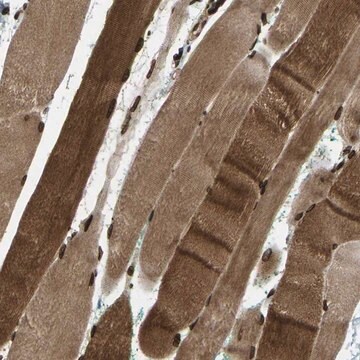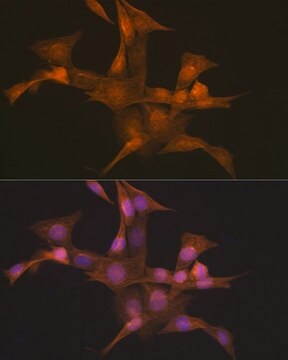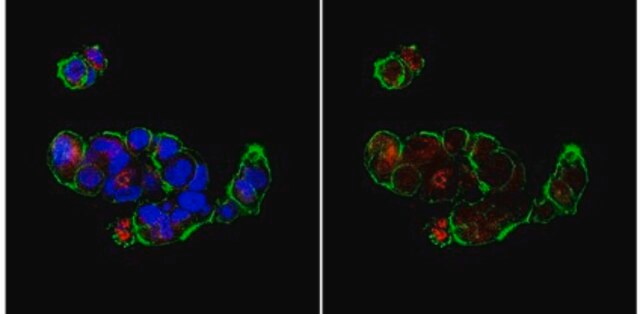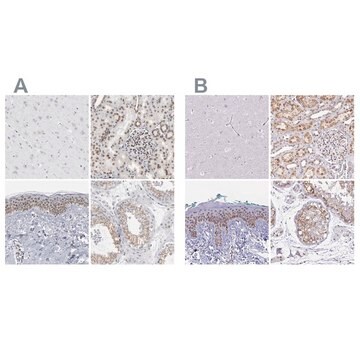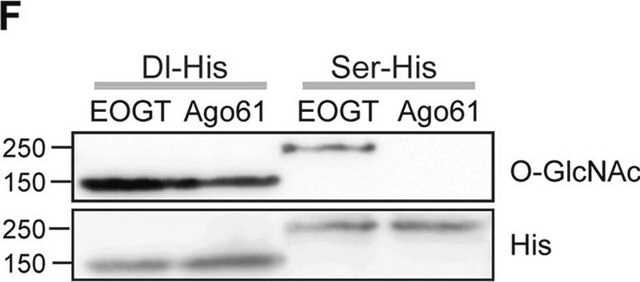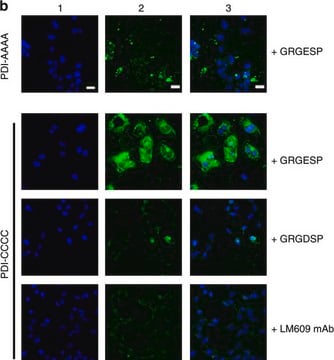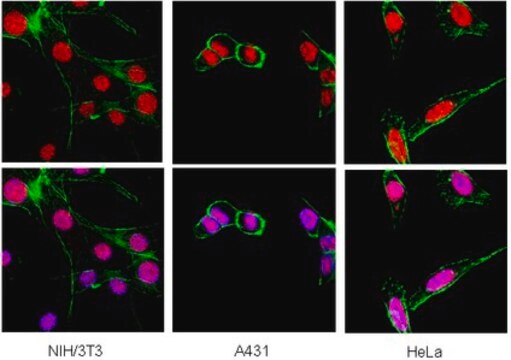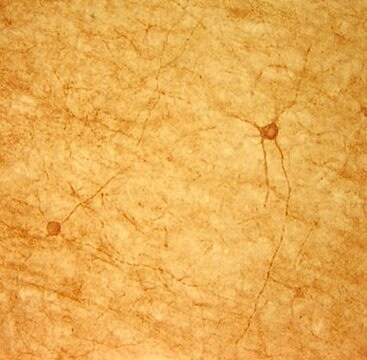MABT843
Anti-SYNE1 Antibody, clone 7A12 (MANNES1A)
clone 7A12, from mouse
Synonym(s):
Nesprin-1, Enaptin, Myne-1, Myocyte nuclear envelope protein 1, Nuclear envelope spectrin repeat protein 1, Synaptic nuclear envelope protein 1, Syne-1
About This Item
Recommended Products
biological source
mouse
Quality Level
antibody form
purified immunoglobulin
antibody product type
primary antibodies
clone
7A12, monoclonal
species reactivity
rat, human, mouse, rabbit
technique(s)
immunocytochemistry: suitable
western blot: suitable
isotype
IgG1κ
NCBI accession no.
UniProt accession no.
shipped in
ambient
target post-translational modification
unmodified
Gene Information
human ... SYNE1(23345)
General description
Specificity
Immunogen
Application
Cell Structure
Immunocytochemistry Analysis: A representative lot immunostained the nucleus of acetone/methanol-fixed rat aortic vascular smooth muscle cells (VSMCs) by fluorescent immunocytochemistry (Duong, N.T., et al. (2014). PLoS One. 9(4):e94380).
Immunocytochemistry Analysis: A representative lot detected SYNE1 immunoreactivity predominantly in the nucleus by fluorescent immunocytochemistry staining of acetone/methanol-fixed human skin fibroblasts regardless of their emerin expression. SYNE1 immunoreactivity was redistributed to ER in the absence of lamin A/C in Lamn-/- mouse embryonic fibroblasts (MEFs) (Randles, K.N., et al. (2010). Dev. Dyn. 239(3):998-1009).
Immunocytochemistry Analysis: A representative lot immunostained multinucleate myotube nuclear envelopes, while only very weak or little SYNE1 immunoreactivity was seen among mononucleated myoblasts in myoblast cultures undergoing differentiation (Randles, K.N., et al. (2010). Dev. Dyn. 239(3):998-1009).
Western Blotting Analysis: A representative lot detected multiple SYNE1 spliced isoforms (including Giant/Enaptin, Beta, and Alpha) in human muscle tissue, skeletal muscle cells and dermal fibroblasts, as well as in Lmna-/- mouse embryonic fibroblasts (MEFs) (Randles, K.N., et al. (2010). Dev. Dyn. 239(3):998-1009).
Quality
Isotyping Analysis: The identity of this monoclonal antibody is confirmed by isotyping test to be mouse IgG1 .
Target description
Physical form
Storage and Stability
Other Notes
Disclaimer
Not finding the right product?
Try our Product Selector Tool.
Storage Class Code
12 - Non Combustible Liquids
WGK
WGK 1
Flash Point(F)
Not applicable
Flash Point(C)
Not applicable
Certificates of Analysis (COA)
Search for Certificates of Analysis (COA) by entering the products Lot/Batch Number. Lot and Batch Numbers can be found on a product’s label following the words ‘Lot’ or ‘Batch’.
Already Own This Product?
Find documentation for the products that you have recently purchased in the Document Library.
Our team of scientists has experience in all areas of research including Life Science, Material Science, Chemical Synthesis, Chromatography, Analytical and many others.
Contact Technical Service